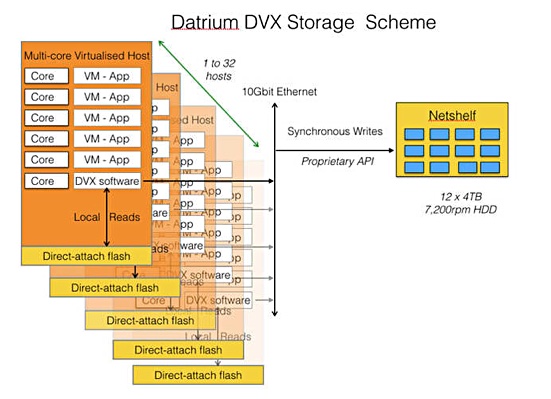VMware is buying Datrium, an HCI startup that pivoted to disaster recovery in the cloud, for an undisclosed amount.
But the fact that the company revealed the acquisition via a blog shows that VMware does not consider this to be a material acquisition.
John Gilmartin, VMware’s VP and GM of its SDDC Suite business unit, said in the blog: “VMware has announced its intent to acquire Datrium, to expand the current VMware Site Recovery disaster recovery as a service (DRaaS) offering with Datrium’s world-class cost-optimized DRaaS solution.”
VMware will combine “the consistent infrastructure and operations of VMware Cloud with Datrium DRaaS to reduce the cost and complexity of business continuity”.
The $4.5bn DRaaS market is the fastest growing segment for data protection use cases, Gilmartin notes, growing at 15 per cent CAGR according to IDC’s Worldwide Data Protection as a Service Forecast for 2019–2023.
He added: “After the deal closes, the Datrium disaster recovery (DR) service will expand on the existing performance-optimised VMware Site Recovery DRaaS solution with a cost-optimised option.” That translates to DR in AWS.
Datrium’s engineering teams will join VMware. The future for other Datrium staff was not revealed.
Background
Datrium was founded in 2012 and has taken in $165m in funding, with the last raise a $60m D-round in 2018.

The company began by developing disaggregated HCI (hyperconverged infrastructure) with hyperconverged nodes running storage controller software that linked them to a shared storage box.
As part of that this it devised a way of providing disaster recovery of its on-premises systems to other Datrium systems, and to a Datrium system in the public cloud. This evolved to recovering VMware on-premises applications in the cloud. The software has deep integration with the VMware Cloud in AWS and enables a data centre VMware site to failover to the VMware Cloud on AWS.

Datrium marketed this as a way to defeat ransomware, seeing it as a killer app.







